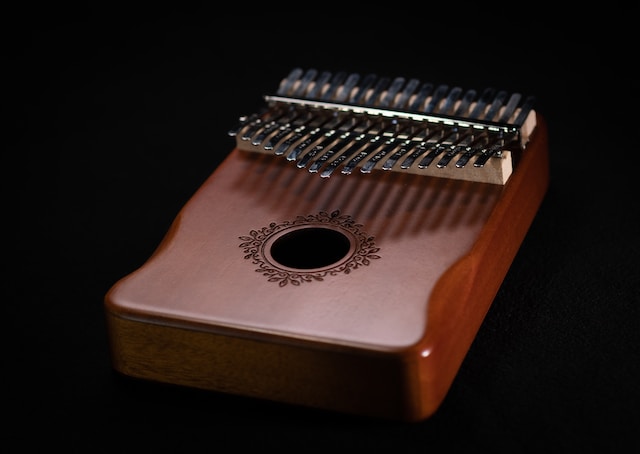The Kalimba, often referred to as a thumb piano, is a captivating musical instrument with a rich cultural heritage and a mesmerizing sound that has enchanted music enthusiasts worldwide. Its origins can be traced back to Africa, where it has been played for centuries, serving various purposes ranging from leisurely entertainment to ceremonial uses. In this article, we will delve into the world of the Kalimba, exploring its history, construction, playing techniques, and its growing popularity in the modern music scene.
History and Origins
The Kalimba’s history is deeply rooted in African culture, where it is known by various names depending on the region, such as Mbira, Likembe, and Sanza. It was traditionally made from a wooden board with metal tines attached to it, which are plucked with the thumbs to produce sound. The instrument’s simplicity in design belies the complexity and depth of its sound, which can range from soothing and melodic to rhythmic and percussive.
Construction and Design
Modern Kalimbas are crafted with a focus on both aesthetic appeal and sound quality. They typically feature a wooden body, which acts as a resonating chamber, and a series of metal tines of varying lengths, which are tuned to specific notes. The number of tines can vary, but common configurations include 8, 12, 17, or more tines, allowing for a range of musical expressions. Some Kalimbas are also equipped with electronic pickups, enabling them to be amplified for larger performances.
Playing Techniques
Playing the Kalimba involves a unique technique where the musician uses their thumbs to pluck the metal tines. Beginners can easily learn simple tunes, but mastering the instrument requires practice and skill. The Kalimba can be played solo or as part of an ensemble, and its versatility makes it suitable for various musical genres, from traditional African music to contemporary pop and jazz.
The Kalimba in Modern Music
The Kalimba has seen a resurgence in popularity in recent years, finding its way into diverse music scenes around the globe. Its distinctive sound has been embraced by contemporary musicians, featuring in recordings across various genres. The instrument’s portability and accessibility have also made it a favorite among hobbyists and professional musicians alike.
Choosing the Right Kalimba
For those interested in exploring the world of the Kalimba, selecting the right instrument is crucial. Factors to consider include the number of tines, the quality of construction, and the tuning of the instrument. Additionally, some Kalimbas come with instructional materials, making them ideal for beginners.
Conclusion
The Kalimba is more than just a musical instrument; it is a bridge between cultures and a testament to the universal language of music. Its soothing tones and unique playing style offer a refreshing experience for both players and listeners. Whether you are a seasoned musician or a curious newcomer, the Kalimba offers a world of musical exploration and enjoyment.

